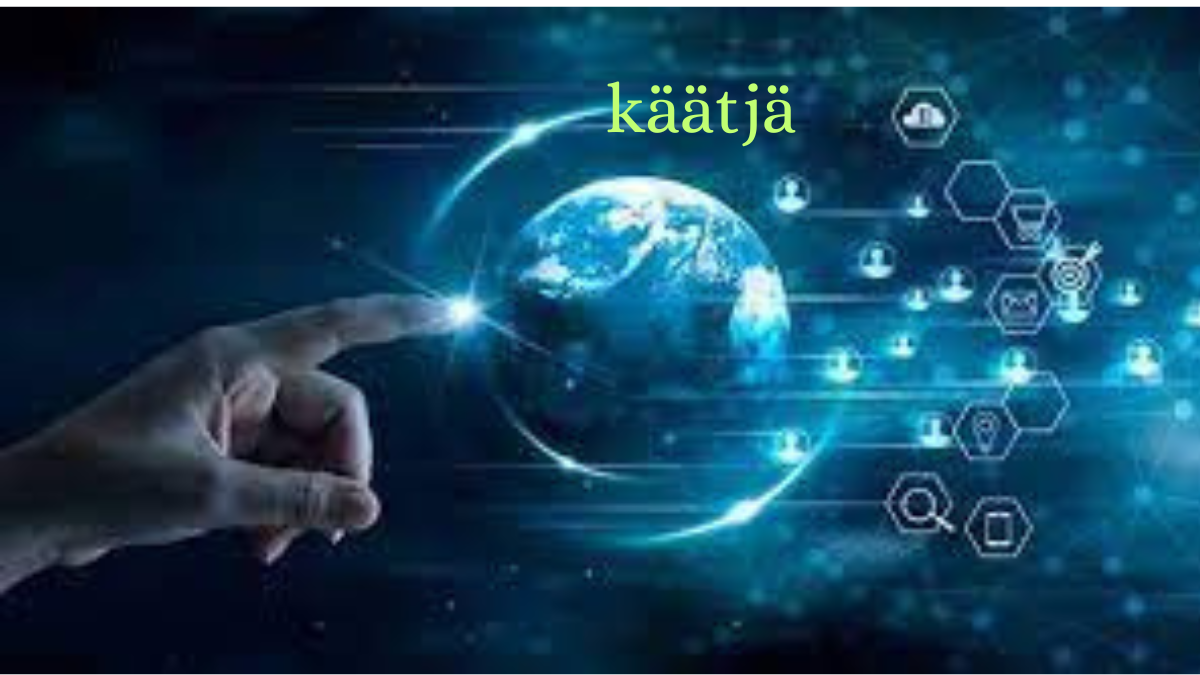The Finnish language, with its intricate grammatical structures, rich vocabulary, and subtle cultural undertones, presents a unique set of joys, puzzles, and complexities for translators.
The Käätjä, the Finnish translator, does more than simply convert words from one language to another; they become explorers of linguistic landscapes, cultural interpreters, and architects of meaning. Let’s delve into the fascinating world of Finnish translation and the multifaceted skills of the Käätjä.
The Intricacies of Finnish: A Translator’s Playground
-
Agglutination: The Heart of Complexity: Finnish is an agglutinative language, meaning words are formed with elaborate chains of suffixes and prefixes. A single Finnish word can express a concept requiring a whole sentence in English or other less morphologically complex languages.
Translating Finnish requires breaking down these word-structures, rearranging meanings, and meticulously rebuilding them in the target language.
-
Idioms and Proverbs: Cultural Tapestries in Language: Like all languages, Finnish is replete with proverbs and idiomatic expressions – windows into the Finnish soul that often defy literal translation.
A Käätjä must grasp the cultural and metaphorical meanings behind these phrases and skillfully find meaningful equivalents in the target language to truly capture their essence.
-
False Friends: Hidden Pitfalls: Finnish has many vocabulary overlaps with other European languages, due to shared linguistic roots. However, these shared words can carry deceptive meanings.
A skilled Käätjä recognizes these “false friends” (words that look similar but have different meanings), avoiding awkward mistranslations and ensuring a seamless flow of understanding.
-
Nuances of Formality: Navigating Social Dynamics: Finnish has a complex system of formality reflected in language usage, from verb conjugations to titles and forms of address.
-
A translator must carefully consider context – the audience, the relationship between speakers, and social setting – to select the right terms and phrasing to convey the appropriate level of respect or familiarity, especially in business or formal contexts.
The Käätjä as a Cultural Interpreter
Finnish culture is deeply ingrained within its language, and a successful Käätjä goes beyond mere linguistics to inhabit the role of cultural ambassador. Here’s how this critical cultural understanding manifests:
-
Understanding Context: The Key to Meaning: Finnish is a highly contextual language. Subtleties of meaning depend on the situation, the relationship between speakers, and a pool of shared cultural knowledge. A Käätjä must delve beneath the surface, interpreting these layers within the text to provide a more authentic and impactful translation.
-
Capturing Sisua: Translating a National Spirit: “Sisu” is a uniquely Finnish concept embodying stoic determination, grit, resilience, and inner strength in the face of hardship. This spirit frequently appears in colloquialisms, proverbs, and cultural references. A good Käätjä strives to identify and skillfully translate expressions of sisu to ensure the intended meaning and emotional weight aren’t lost.
-
Humor and Wordplay: Finding the Lightness in Language: Finnish has a playful side, often found in ironic wordplay, puns, and subtle humor that might be easily lost in a literal translation. A perceptive Käätjä endeavors to preserve the essence of these Finnish linguistic flavors by finding creative ways to convey them into the target language.
Where a Käätjä’s Skills Shine: Practical Applications
-
Literature: Building Bridges Between Worlds: Translating the rich world of Finnish literature, from classic epics like the Kalevala to contemporary works of fiction and poetry, requires a Käätjä who is both a wordsmith and a cultural anthropologist. They must convey not just the literal meaning, but also the rhythm, nuance, symbolism, and emotional resonance that give Finnish literature its depth.
-
Business and Technical Documentation: Precision and Clarity: Finnish is a vital language in various industries and technical fields. Accurately rendering legal documents, business contracts, technical manuals, or research material requires a Käätjä with precision, subject-matter expertise, and a keen eye to ensure even the smallest details are rendered correctly.



